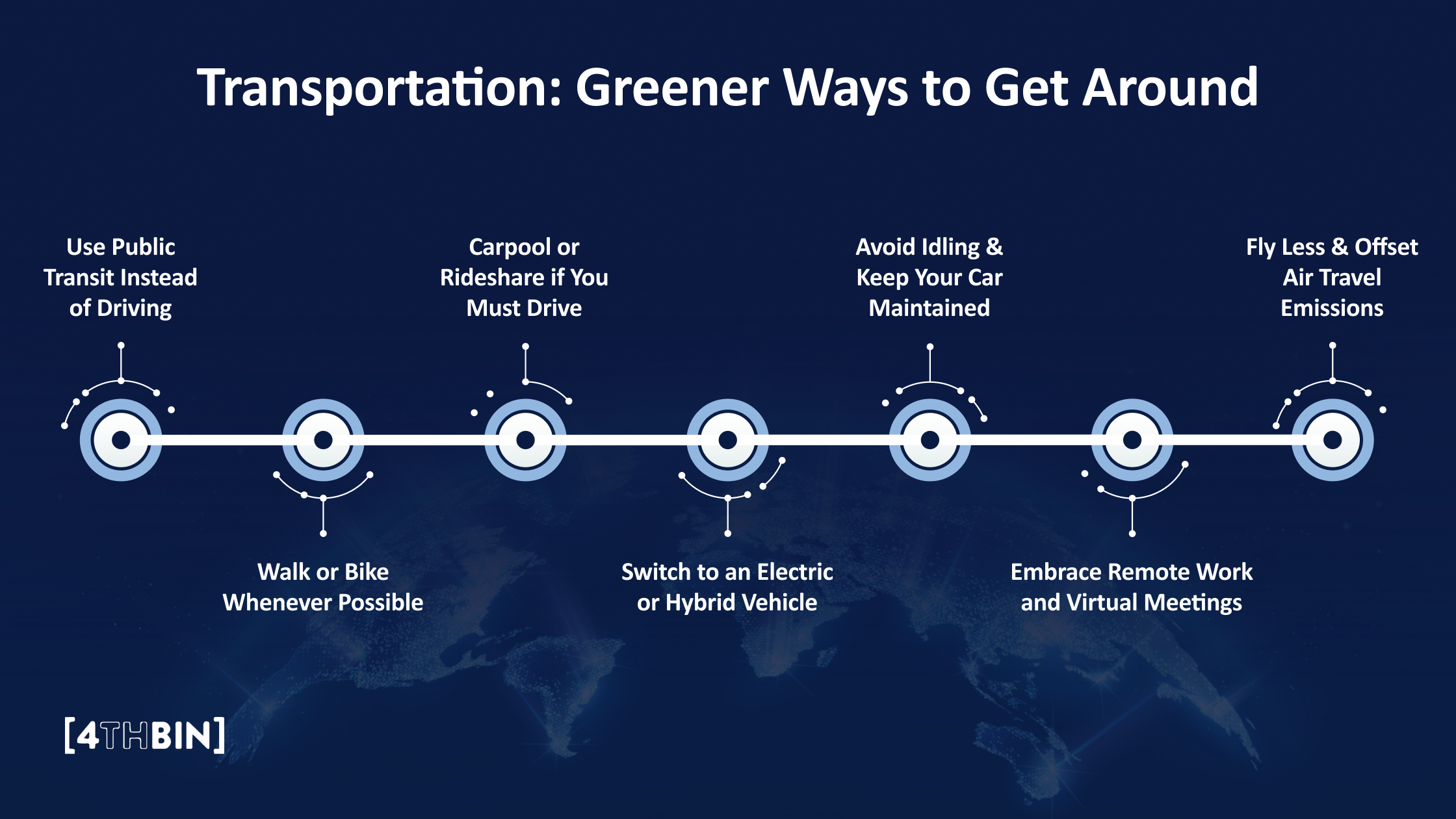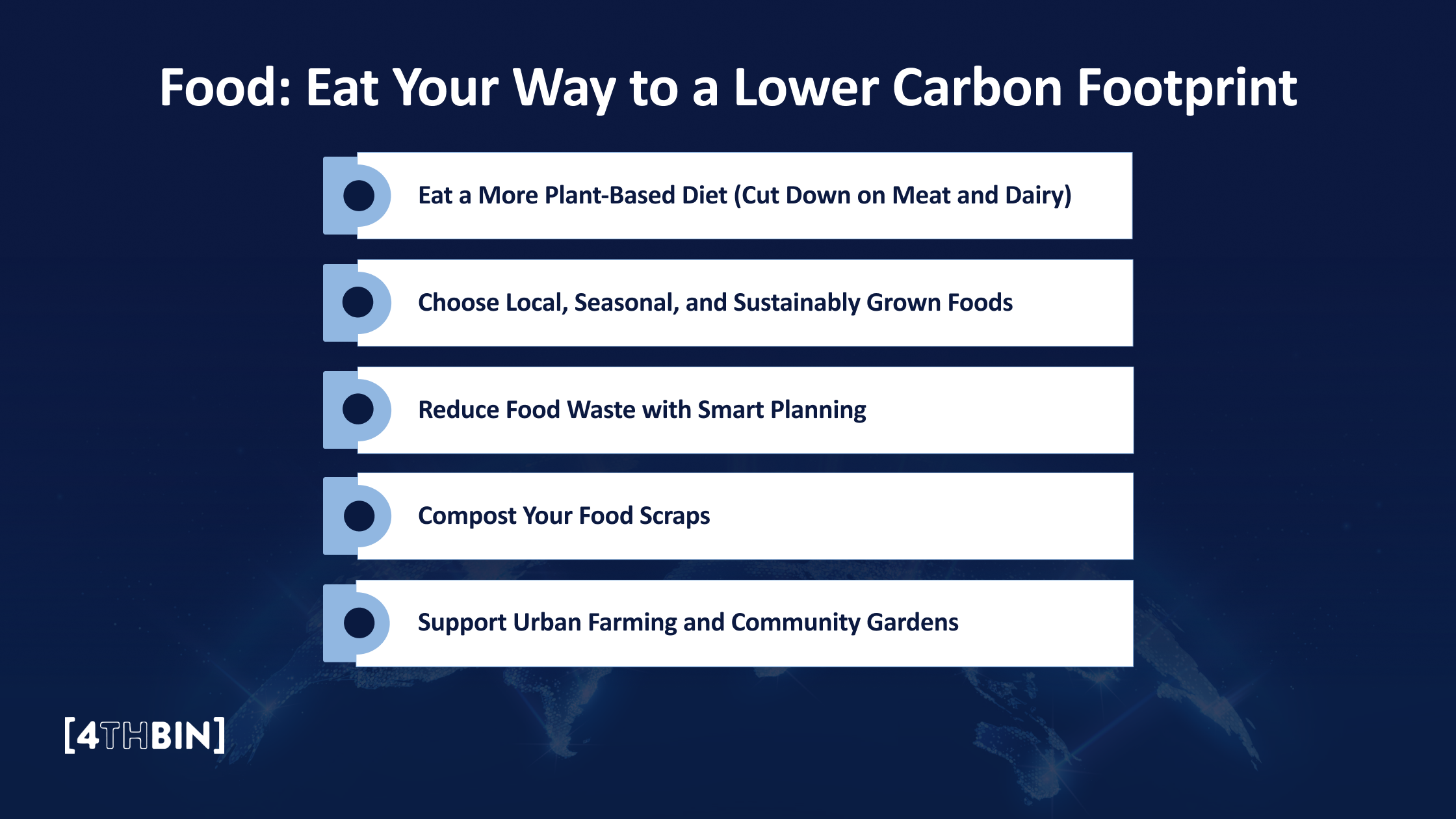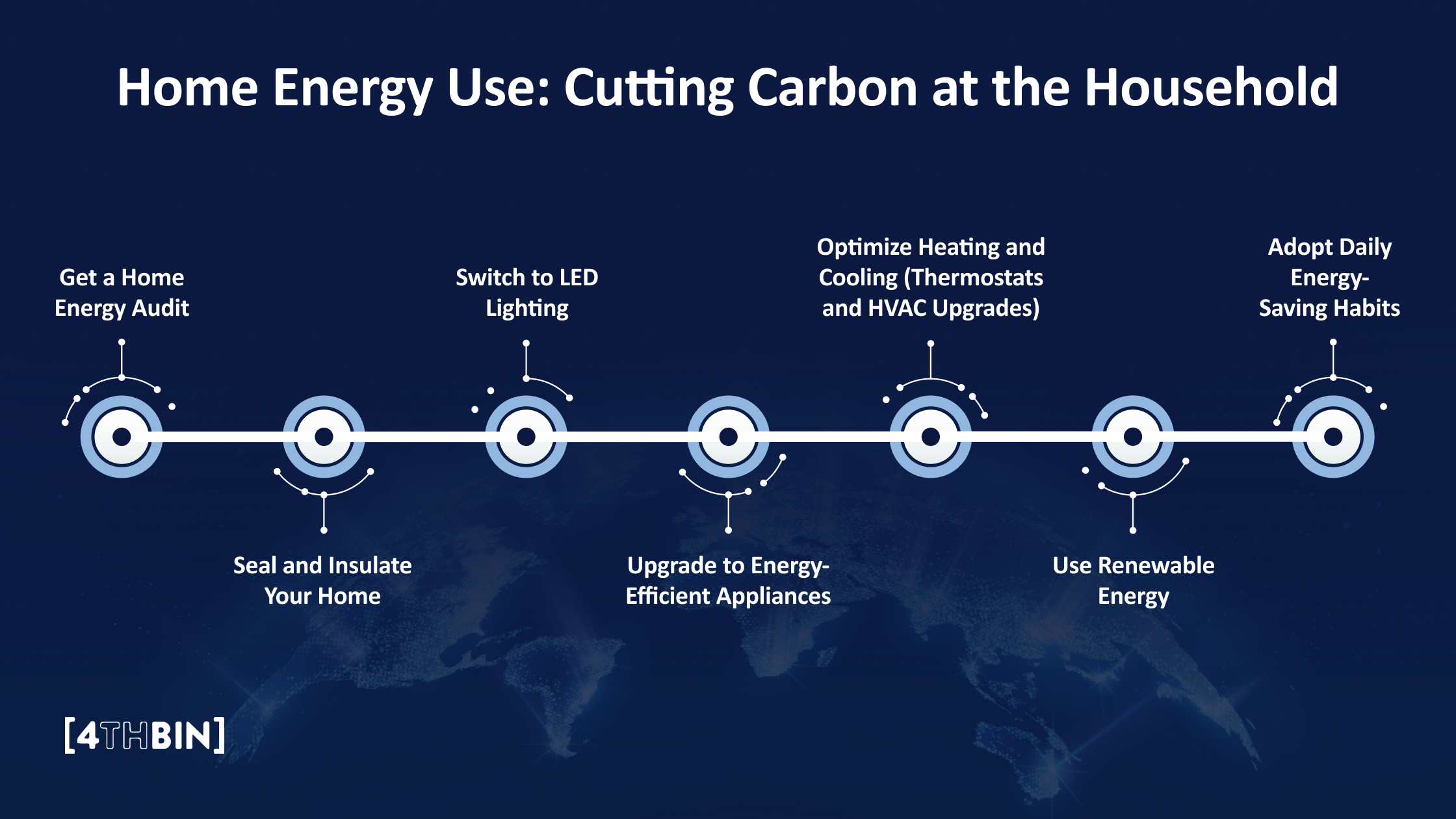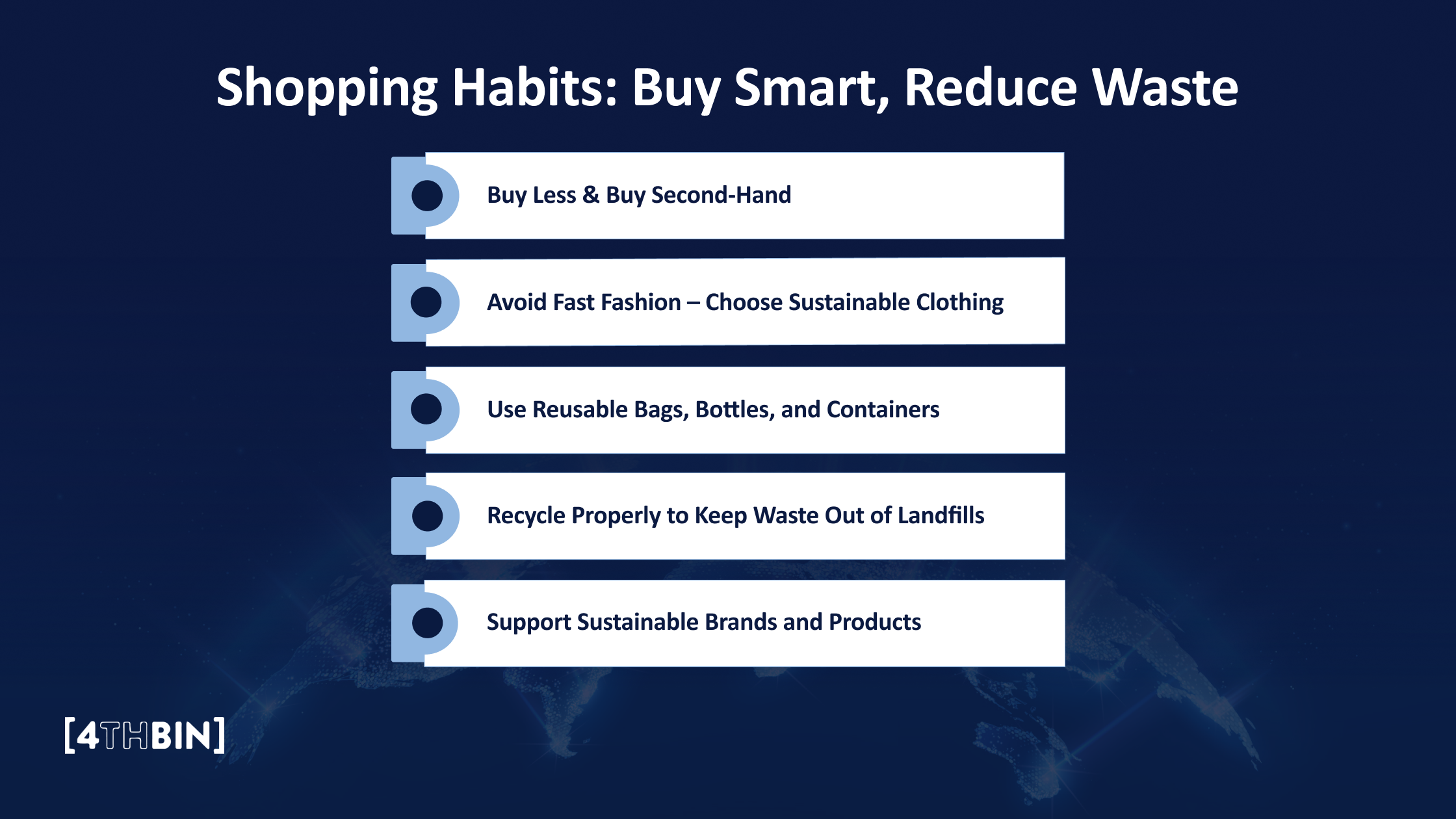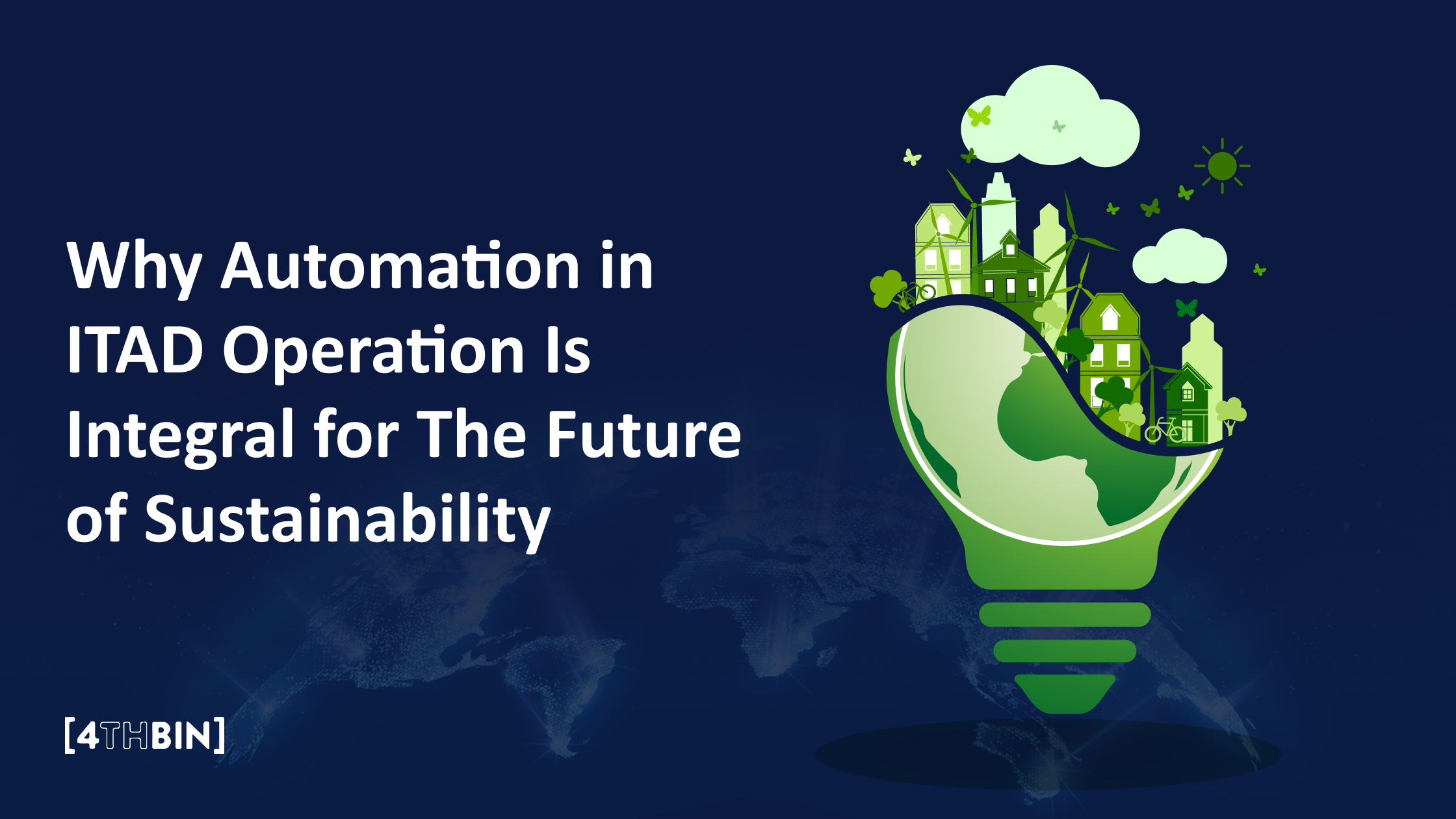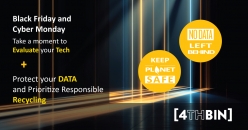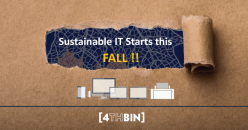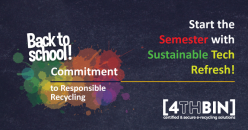36 Simple Ways to Reduce Your Carbon Footprint
You step out for a fancy Sunday brunch. The food’s great, and the vibes are perfect. But just as you’re heading home, you get some takeout — maybe it’s leftovers from your table to enjoy later.
You think, “Great, I didn’t waste food — that’s a win, right?”
But here’s the part we don’t always think about: every takeout order comes wrapped in a pile of packaging, including plastic containers, utensils, napkins, sauce packets, and bags. And that pile has a hidden cost. One single takeout order can generate up to 0.29 kilograms (or 0.64 pounds) of carbon dioxide from the packaging alone. That’s about the same as driving a gas car for one mile. Surprising, right? It feels like a small thing, but it stacks up. Fast.
So what can you do instead?
Next time you head out, bring a clean reusable container. Yes, it might feel like a bit of a hassle at first, but that one simple habit could save you from creating unnecessary plastic waste and carbon emissions.
This Earth Day (April 22), we’re going beyond awareness — we encourage you to take action. At 4TH BIN, sustainability isn’t a campaign, it’s a commitment. From electronics recycling to data-secure IT disposal, we’re helping businesses and individuals reduce waste and take responsibility for their environmental impact.
It all starts with our everyday choices. That’s why we’ve curated simple, impactful actions organized by category to help you cut your carbon footprint and contribute to a greener future.
Transportation: Greener Ways to Get Around
Getting from point A to point B is one of the most significant contributors to global carbon emissions. Transportation accounts for a significant share of greenhouse gases in most urban areas. The good news? Many cities now offer low-carbon transit options.
By rethinking how you travel, you can cut your carbon footprint—and often save time, money, and stress.
Here are some innovative ways to make your commute more climate-friendly:
1. Use Public Transit Instead of Driving
Public transit is one of the most effective ways to reduce the carbon footprint. Buses, trains, and subways move more people with fewer emissions than individual cars. Replacing just a few car trips a week makes a measurable impact.
2. Walk or Bike Whenever Possible
Walking or cycling produces zero emissions for short distances and often gets you there faster. It’s also great for your health and well-being. Choosing active transport helps reduce congestion and environmental impact.
3. Carpool or Rideshare if You Must Drive
If driving is unavoidable, sharing the ride makes a big difference. Carpooling or using rideshare options splits the emissions per person and eases road congestion. It’s a simple, efficient swap for solo driving.
Mobile apps like BlaBlaCar, Scoop, and Uber make carpooling easier than ever. They offer shared rides that reduce emissions, cut traffic, and promote greener daily commutes.
4. Switch to an Electric or Hybrid Vehicle
Electric and hybrid vehicles are cleaner, low-emission alternatives to traditional gas-powered cars, helping you reduce fuel costs and your overall climate impact. As global infrastructure expands, cities are becoming more EV-friendly.
In New York City alone, there are over 2,000 public charging ports within a 15 km radius—97% of which are Level 2 chargers, and 62% offer free charging. That makes going electric more convenient and cost-effective than ever.
5. Avoid Idling & Keep Your Car Maintained
Letting your car idle, even for a short time, wastes fuel and adds unnecessary pollution. Regular maintenance, such as tuning your engine and keeping your tires properly inflated, can boost fuel efficiency by 3–4%, helping you reduce emissions and save money every time you drive.
Looking for more practical ways to make an impact? The United States Environmental Protection Agency offers a detailed guide on “What You Can Do to Reduce Pollution from Vehicles and Engines.” 👉Click here to explore their recommendations.
6. Embrace Remote Work and Virtual Meetings
Working from home a few days a week can dramatically reduce commuting emissions. Virtual meetings lessen the need for long-distance travel, saving time and carbon emissions. Every avoided trip counts.
7. Fly Less & Offset Air Travel Emissions
Air travel is one of the most carbon-intensive activities per person — a single round-trip flight can produce as much CO₂ as driving a car for several months. Whenever possible, opt for trains or buses for shorter trips. If flying is necessary, consider offsetting your emissions by supporting climate-positive projects. Fly mindfully.
Food: Eat Your Way to a Lower Carbon Footprint
What we put on our plates can have a surprisingly significant impact on our carbon footprint. Agriculture, transport, packaging, and food waste all contribute to emissions. The good news? Eating sustainably often means eating healthier and tastier, too!
By making wise food choices, you’ll reduce emissions and often support local businesses and farmers. Here are some tips on climate-friendly eating:
8. Eat a More Plant-Based Diet (Cut Down on Meat and Dairy)
Shifting to a plant-based diet is one of the most impactful ways to cut your carbon footprint. Meat and dairy, especially beef and lamb, generate high emissions, with livestock farming accounting for 14.5% of global greenhouse gases.
Did you know that having one meat-based meal a day in place of a plant-based option can cut 2–4 pounds of CO₂ daily, saving up to 1,400 pounds a year? With vegan diets producing just 6.4 lbs of CO₂ per day compared to 12.4 lbs for meat-eaters, even small changes lead to big climate wins.
9. Choose Local, Seasonal, and Sustainably Grown Foods
Buying locally grown and in-season food helps reduce emissions from long-distance transportation and cold storage. Seasonal produce is often fresher, supports regional farmers, and typically comes with fewer packaging materials. Sustainably grown or organic foods also tend to use fewer synthetic pesticides and fertilizers, which is better for soil health and the climate.
Reducing “food miles” is a simple but highly impactful step toward climate-conscious eating.
10. Reduce Food Waste with Smart Planning
Globally, about one-fifth of food produced for human consumption is wasted, contributing to unnecessary emissions and resource use. When food rots in landfills, it releases methane, a greenhouse gas over 28 times more potent than CO2. Planning your meals, shopping with a list, and storing food properly can dramatically cut waste. Get creative with leftovers and use all ingredients to reduce both environmental impact and grocery bills.
11. Compost Your Food Scraps
Even with the best planning, some food waste is unavoidable — peels, cores, and coffee grounds. Instead of sending these to landfills, compost them to turn organic waste into nutrient-rich soil. Composting diverts waste from landfills and prevents methane emissions from food decomposition.
12. Support Urban Farming and Community Gardens
Urban farms and community gardens are popping up in cities worldwide, providing local produce with virtually no transport emissions. Supporting or joining these initiatives helps build more sustainable, resilient food systems.
From rooftop gardens to hydroponic greenhouses, these hyper-local sources reduce reliance on industrial agriculture and strengthen food security. Even subscribing to a Community Supported Agriculture box or shopping at a local co-op supports the shift to greener food practices.
Home Energy Use: Cutting Carbon at the Household
Heating, cooling, and powering our homes are significant sources of carbon emissions. Residential energy use accounts for about 20% of greenhouse gas emissions in the U.S. Boosting energy efficiency cuts both your footprint and utility costs, whether in a house or apartment. From simple swaps, like LED bulbs, to more significant upgrades, like solar panels, every step counts.
Here are energy-conscious ways to make your home more climate-friendly:
13. Get a Home Energy Audit
You can’t fix what you don’t know — that’s where a home energy audit comes in. A professional inspection can identify where your home is losing energy, from drafty windows to outdated appliances. Many utility companies offer free or discounted audits, helping you prioritize the most cost-effective upgrades. You can cut waste, lower emissions, and save money with a tailored action plan.
14. Seal and Insulate Your Home
When it comes to energy loss, windows and doors are often the biggest culprits. According to the U.S. Department of Energy, up to 30% of a home’s heating energy can be lost through windows alone. Sealing gaps, adding insulation, and using weatherstripping or window film can significantly improve efficiency. These simple upgrades boost comfort, lower energy bills, and reduce your home’s carbon footprint.
15. Switch to LED Lighting
LED bulbs use up to 90% less energy and have a lifetime 25 times higher than traditional incandescent lights. That means less electricity is used, and fewer bulbs end up in landfills. Swapping out high-use lights in your home for LED bulbs is a quick and affordable win. If every household did this, the collective impact on carbon emissions would be massive.
16. Upgrade to Energy-Efficient Appliances
When replacing old appliances, look for the ENERGY STAR® label — it signals high efficiency and lower emissions. For example, an ENERGY STAR refrigerator uses around 15% less energy than a non-certified one. Opt for right-sized appliances that meet your needs without overconsumption. These choices may seem small, but they can prevent thousands of pounds of CO₂ over time.
17. Optimize Heating and Cooling (Thermostats and HVAC Upgrades)
Heating and cooling are usually the largest energy expenses in a home. Installing a smart thermostat allows you to adjust temperatures based on your schedule, resulting in savings of about 8% on heating and cooling bills, or approximately $50 per year. Upgrading to high-efficiency systems or electric heat pumps can further reduce emissions. While these upgrades may cost more upfront, incentives and long-term savings make them a wise investment.
18. Use Renewable Energy
If you own your home, consider installing solar panels to generate your clean electricity. Many regions offer tax credits or incentives to reduce the cost, for renters or those without roof access, community solar or renewable energy supply programs are great options. Shifting to clean power dramatically reduces the emissions tied to your everyday electricity use.
19. Adopt Daily Energy-Saving Habits
Small everyday actions can make a huge impact on your energy use and carbon footprint. While these steps may seem small, they’re conscious choices that add up to big savings and reduced emissions:
- Wash laundry in cold water to save up to 500 pounds of CO2 per year.
- Run dishwashers and washing machines only with full loads, and unplug electronics or use smart power strips to stop “vampire” power.
- Turn off the lights when leaving a room, use fans instead of cranking up the AC, and wear a sweater in winter to lower your heating costs.
These simple habits can save hundreds of dollars and prevent tons of CO2 from being emitted.
Shopping Habits: Buy Smart, Reduce Waste
Every product we buy has a carbon footprint – from the materials and manufacturing to the shipping and packaging. To ensure that your buying practices are not a burden on the planet, you may try some of the following tips:
20. Buy Less & Buy Second-Hand
The simplest way to reduce your shopping carbon footprint is to buy less. Every item, from gadgets to clothes, has an environmental cost in production and transport. When you do need something, consider buying second-hand — it avoids the energy and material costs of making new products. Purchasing used furniture or clothing not only saves resources but also reduces waste, saving you money and space in your home.
21. Avoid Fast Fashion – Choose Sustainable Clothing
In the U.S. alone, 11.3 million tons of textile waste — about 85% of all textiles — end up in landfills each year. This amounts to roughly 81.5 pounds per person, or 2,150 pieces of clothing per second. To reduce this massive waste, invest in quality clothing that lasts longer, or shop at second-hand stores.
Moreover, we recommend choosing sustainable fabrics and repairing or donating items instead of discarding them, which helps keep textiles out of landfills and reduces the need for energy-intensive manufacturing.
22. Use Reusable Bags, Bottles, and Containers
One of the easiest ways to reduce waste is by using reusable bags, water bottles, and containers. By bringing your bags for shopping, you reduce the use of single-use plastic and cut down on the carbon footprint associated with plastic production.
Moreover, you can carry a reusable coffee cup or water bottle, which also reduces the need for disposable items, significantly cutting down on waste. Each small action, like turning down a disposable cup, contributes to less pollution.
23. Recycle Properly to Keep Waste Out of Landfills
Recycling helps save energy and raw materials by reusing existing products rather than creating new ones from scratch. Sorting your recyclables properly, such as paper, glass, metal, and plastic, helps reduce contamination and boosts recycling rates.
Unfortunately, many materials still end up in landfills, which could otherwise be recycled into new products, saving emissions from production and waste incineration.
24. Support Sustainable Brands and Products
As a consumer, you have the power to vote with your wallet. Whenever you can, purchase from companies that prioritize sustainability – whether it’s a B-Corp certified business, a local Brooklyn maker using recycled materials, or a big brand with firm environmental commitments, look for products made from recycled or renewable materials, such as furniture made from reclaimed wood or clothing made from recycled fabrics.
Choose products with minimal packaging or packaging made from recycled content. In electronics, consider buying refurbished devices or those designed to be repairable and long-lasting. For home goods, check out NYC initiatives like Materials for the Arts or local zero-waste stores for eco-friendly alternatives.
By supporting greener products, you’re driving demand for low-carbon manufacturing and encouraging companies to reduce emissions in their supply chains. And often these products are higher quality, meaning you replace them less often – another way to consume smarter.
Sustainability-Driven Actions: Going Above and Beyond
Now, apart from personal habits, there are broader actions you can take to drive sustainability, especially as a business owner or community member. By aligning your carbon reduction goals with specialized services like electronics recycling, secure data destruction, and medtech recycling, you can amplify your impact.
Furthermore, 4THBIN offers convenient solutions for responsible recycling, asset disposition, and waste reduction, helping businesses and communities live more sustainably. Let’s take a look at how they do it:
25. Recycle Electronics Responsibly
Did you know that recycling just one million laptops can save enough energy to power over 3,500 homes for a year? In addition, recycling electronics conserves resources, prevents pollution, and reduces emissions from manufacturing new devices.
Old electronics, such as phones and laptops, contain valuable materials that can be recycled and harmful substances that should not end up in landfills. Instead of discarding them, recycle through proper channels or certified services like 4THBin’s.
26. Ensure Secure Data Destruction
When recycling or disposing of old devices, secure data destruction is crucial for protecting sensitive information. Services like 4THBin’s Secure Data Destruction ensure that data is properly wiped or shredded, while the hardware is responsibly recycled. This way, valuable materials are reclaimed, data is protected, and e-waste is minimized, providing both security and environmental benefits.
27. Decommission Data Centers & IT Assets Sustainably
When businesses upgrade their tech or transition to the cloud, decommissioning old IT assets presents an opportunity for sustainability. IT Asset Disposition (ITAD) services ensure the proper recycling of equipment and the recovery of valuable materials, such as copper and gold. This process reduces e-waste, conserves resources, and lowers the carbon emissions tied to producing new electronics, while also maximizing the financial return from reusable assets.
28. Device Return Programs
As remote work continues to grow, employees often accumulate old laptops and devices that need to be disposed of properly. Implementing a Remote Return program allows businesses to securely collect and recycle outdated technology, ensuring that these devices are reused or recycled responsibly. This program helps prevent e-waste buildup, supports sustainability efforts, and maintains eco-friendly practices, even when employees are working from home.
By using 4TH BIN’s efficient and secure system, businesses can manage their remote workforce’s e-waste effortlessly while reducing their environmental footprint.
29. Eco-Friendly Office Moves & Cleanouts
Relocating or renovating an office is a great chance to reduce waste and minimize your carbon footprint. Rather than discarding old electronics and furniture, recycle them through services like 4THBin’s Office Relocation. By recycling e-waste, shredding documents, and repurposing furniture, businesses can reduce landfill waste and make a meaningful environmental impact.
30. Smart Bins for E-Waste Collection
SmartBin technology offers a simple solution for secure electronics recycling in the workplace. These bins allow employees to drop off old devices, which are then collected and recycled securely. By simplifying e-waste disposal, businesses can boost participation in sustainability programs and effectively reduce their office’s carbon footprint.
31. Subscribe to Recycling Services
To maintain consistent recycling, consider subscribing to services that handle electronics, paper, and other waste. 4THBin’s subscription plans help businesses meet sustainability goals by scheduling regular pickups for e-waste and office cleanouts. This ongoing effort helps you integrate recycling into your routine, which in turn reduces your long-term carbon footprint.
32. Recycle Medical & Lab Equipment
The healthcare and technology sectors must prioritize sustainable waste management, especially when it comes to disposing of medical and tech equipment. MedTech services specialize in safely disposing of medical devices, electronics, and lab equipment, preventing hazardous materials like mercury and lead from entering the environment.
These services not only ensure regulatory compliance but also recover valuable metals and materials from retired equipment, promoting eco-friendly practices in the industry.
By choosing certified e-waste recycling services, healthcare providers can protect sensitive patient data, support sustainable practices, and reduce their environmental footprint.
33. Educate & Engage Your Community
Spread the sustainability mindset by educating others in your community or workplace. Whether by starting a green team at work, hosting a lunch-and-learn, or organizing local recycling events, engaging others amplifies your impact. When individuals and businesses collectively work toward sustainability, the change becomes much more impactful. 4THBin and other organizations often host events and provide resources to help communities make informed, sustainable choices.
34. Support & Advocate for Green Policies
While individual actions matter, advocating for more extensive systemic changes can drive even more impactful sustainability efforts. Support policies that promote renewable energy, better waste management, and transportation options that reduce carbon emissions. Whether through local government, environmental organizations, or businesses, advocating for green policies helps scale sustainability efforts and creates lasting change in the community.
35. Carbon Offsets for Remaining Emissions
Once you’ve reduced your carbon footprint as much as possible, consider offsetting any remaining emissions. Carbon offsets support projects that capture or reduce greenhouse gases, like reforestation, renewable energy, or clean cookstove initiatives. By purchasing offsets from verified providers, you can balance out the emissions you can’t avoid. This contributes to global sustainability efforts and helps neutralize your environmental impact.
36. Grow Greens
Last but not least, support urban forestry and gardening by planting trees and maintaining green spaces. Trees absorb CO₂ as they grow, help reduce cooling costs by providing shade, and enhance the beauty of the environment. If you have space at home or in your community, consider planting a tree or supporting local tree-planting initiatives.
Take care of young trees by watering them, as healthy trees capture more carbon and live longer. Indoors, houseplants improve air quality slightly and add humidity, creating a healthier environment. Supporting tree planting and restoring green spaces can help make a lasting, positive impact on the planet.
By incorporating sustainable practices in your daily life and business operations, you can significantly amplify your impact. Solutions like 4THBIN’s e-recycling services address the emissions embedded in tech products and infrastructure, going beyond individual actions to create broader, lasting environmental change.
Join the Movement Toward a Greener Planet with 4THBIN
Reducing your carbon footprint extends beyond personal habits — businesses play a crucial role, particularly in managing tech waste. Through 4THBIN’s comprehensive e-recycling services, organizations can ensure their electronics are disposed of securely and sustainably.
With over a decade of experience, 4THBIN has partnered with more than 10,000 businesses, from startups to Fortune 100 companies, enabling them to minimize their environmental impact while safeguarding sensitive data. Our wide range of service options, including convenient on-site collection, helps businesses transform e-waste challenges into valuable, eco-friendly opportunities.


